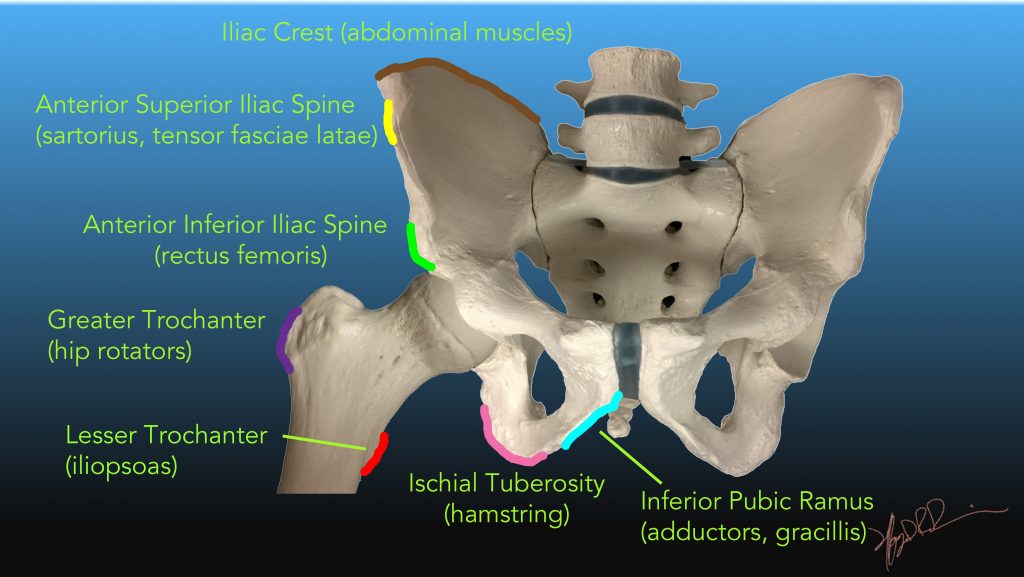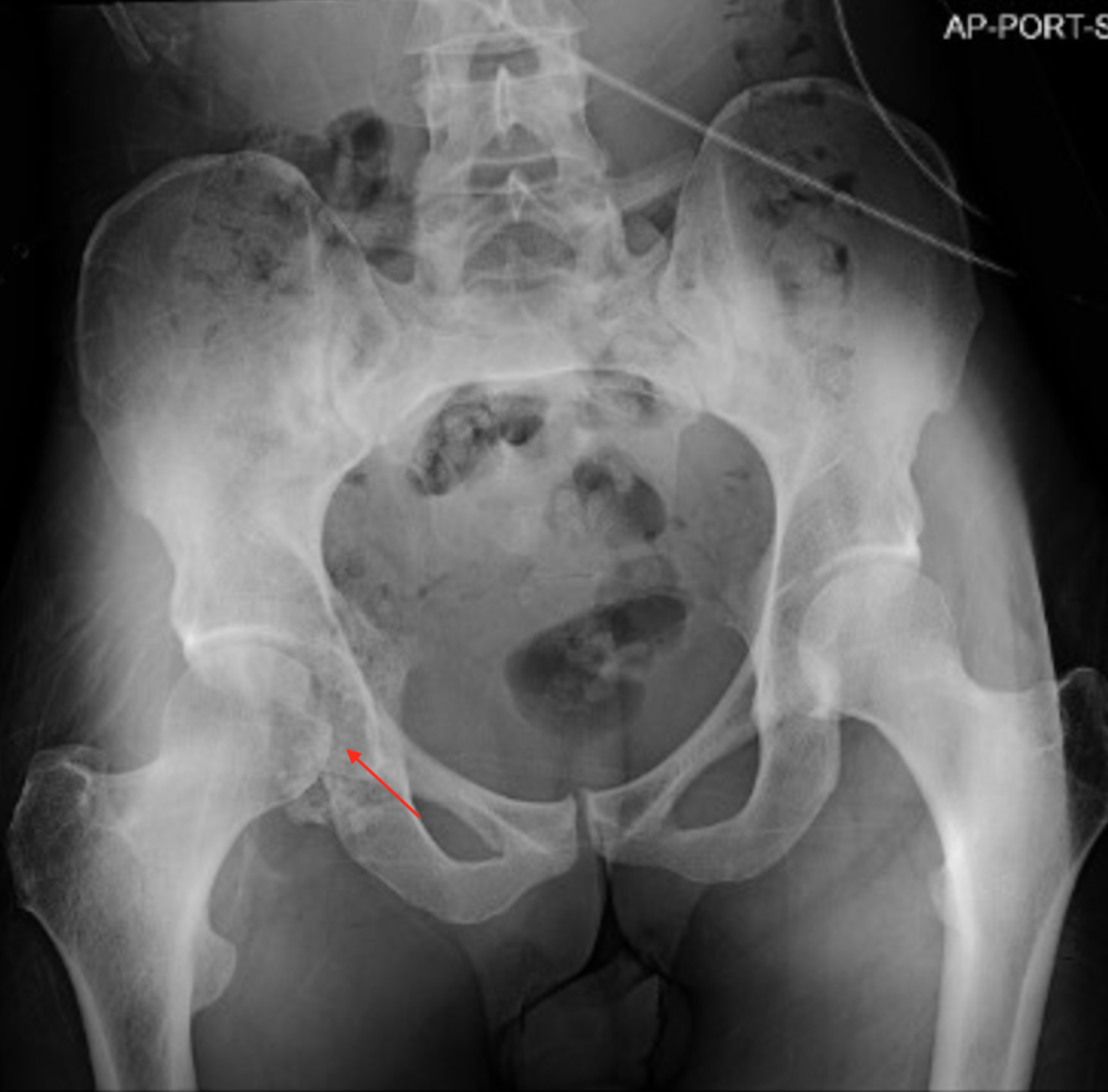

"There are a lot of theories as to why BMI is associated with infection, but it's been shown in a few different studies in pelvic ring injuries and acetabular fractures that higher BMI is associated with complications," says Dr. While the infection risk is similar to that of other hip procedures, body mass index (BMI) is a predictor of infection and complications of operative treatment. Surgical treatment of acetabular fracture is complex and can result in complications and poor outcomes. With isolated acetabular fracture, the risk of shock is low, but concomitant injuries must be identified and treated appropriately. It just wears out - the cartilage wears away and you get the situation of a painful degenerative joint."Īcetabular fractures are commonly associated with multiple other injuries, such as to the abdomen, chest or head. "If the acetabulum is not well-reduced or maligned - or sometimes even if the surgeon is able to achieve the reduction and the alignment - the cartilage coating the joints has been badly damaged and degenerates, which is arthritis. Sems, M.D., an orthopedic trauma surgeon at Mayo Clinic's campus in Rochester, Minnesota. "The acetabulum is an articular surface - it articulates with the femoral head," says Stephen (Andy) A.

Another potential complication with acetabular fracture is avascular necrosis, in which the blood supply to the femoral head is sufficiently damaged or stretched from dislocation that the bone subsequently dies and collapses, resulting in hip pain.

Post-traumatic arthritis occurs due to damage to the articular surface of either the acetabulum or femoral head. This fracture puts patients at considerable risk of developing post-traumatic arthritis, which may result in the need for hip replacement. Patients' pain levels vary widely and are related to the injury pattern and mechanism of injury.


 0 kommentar(er)
0 kommentar(er)
